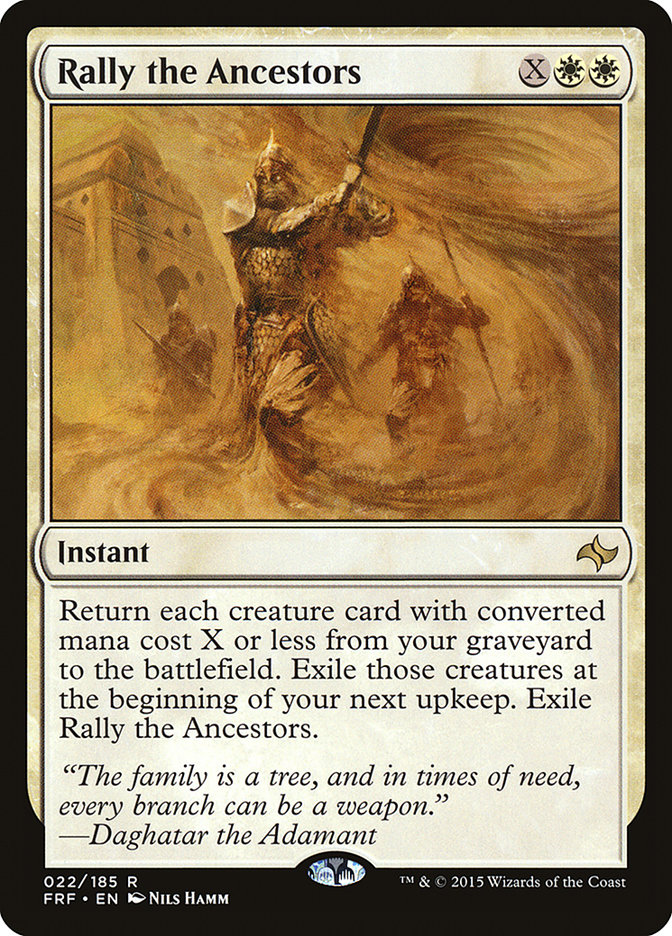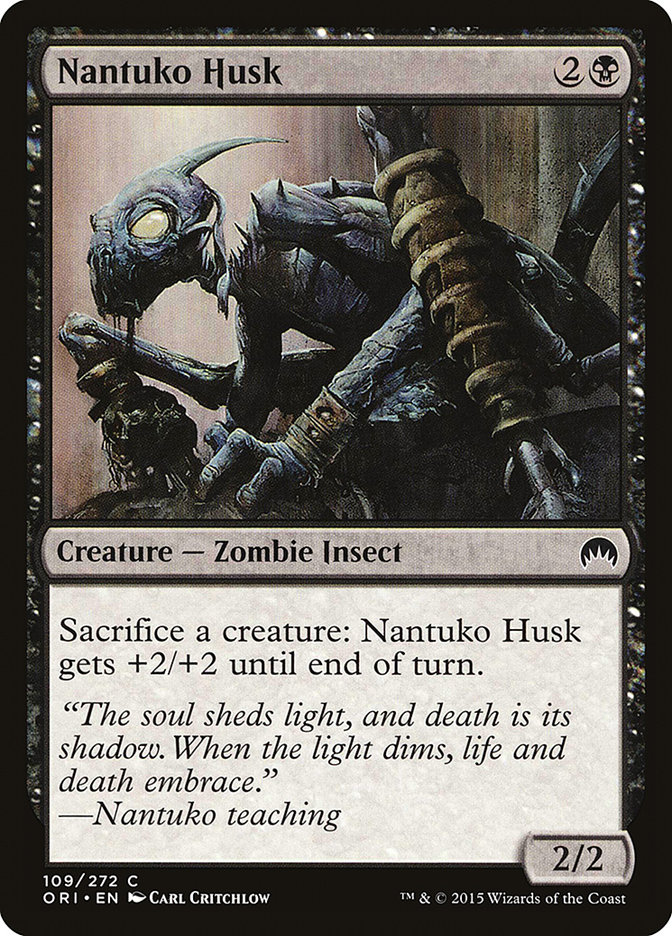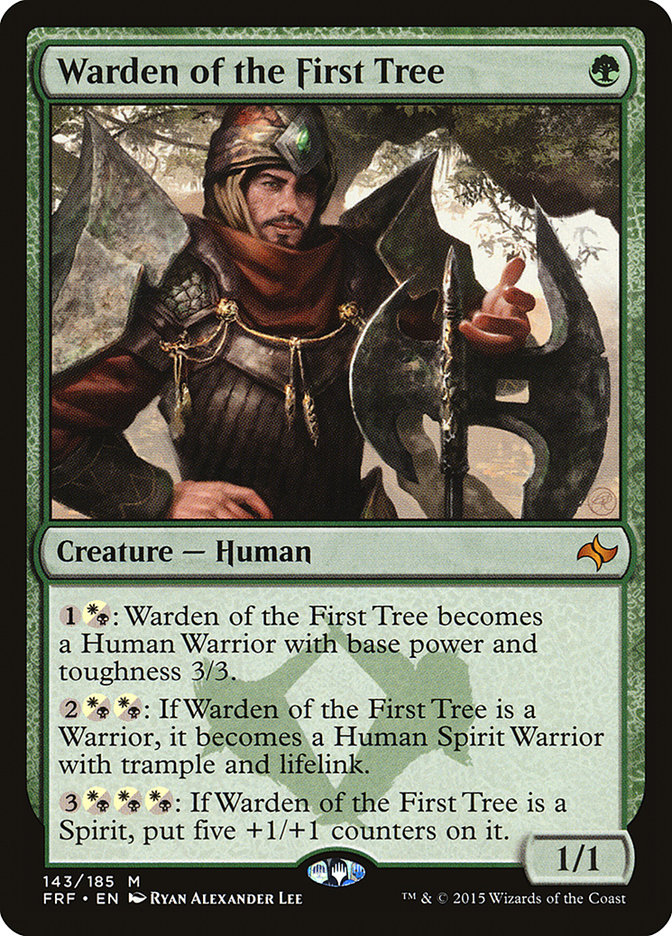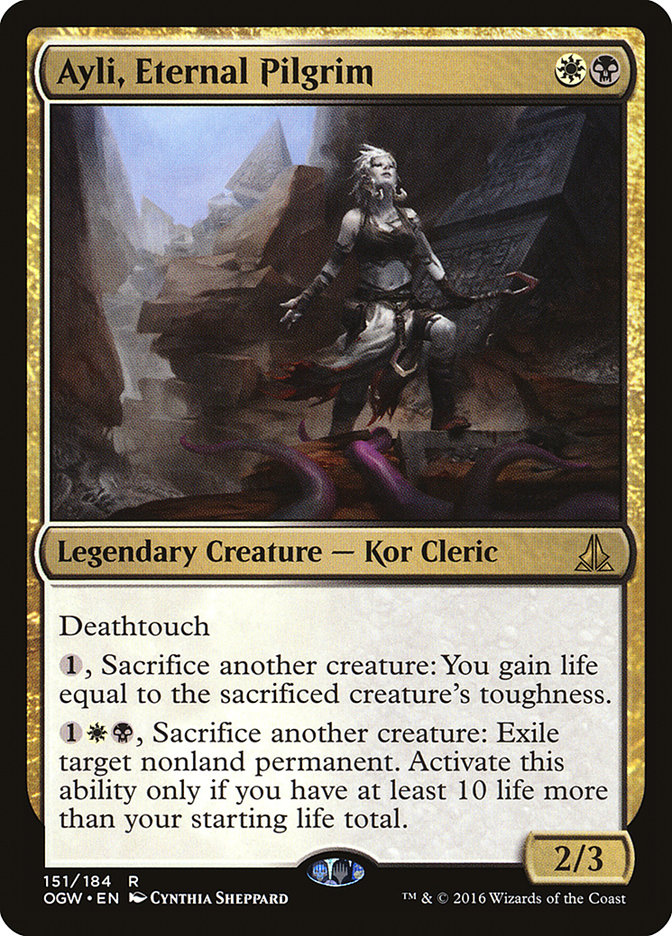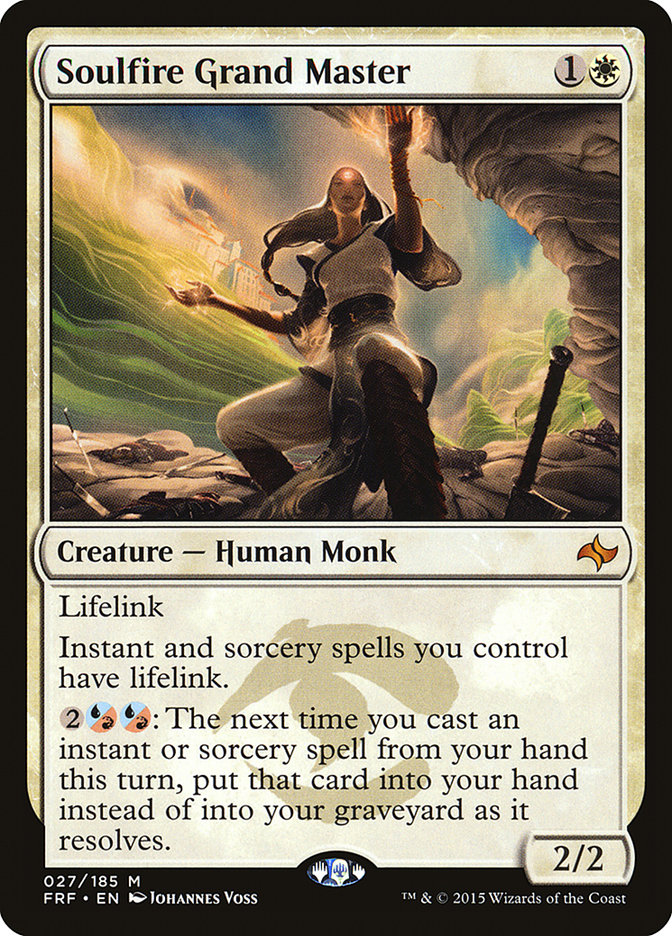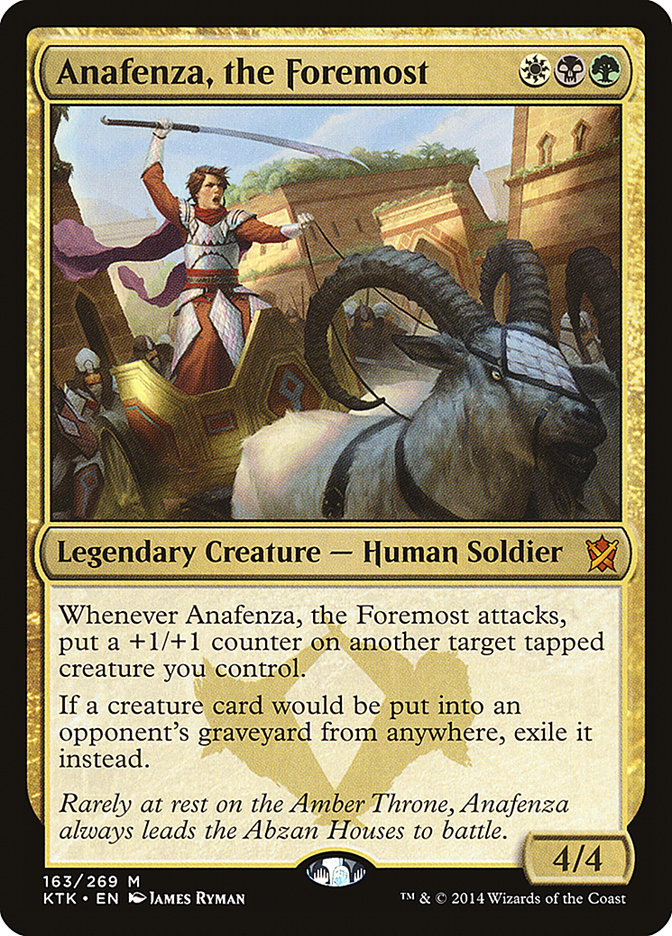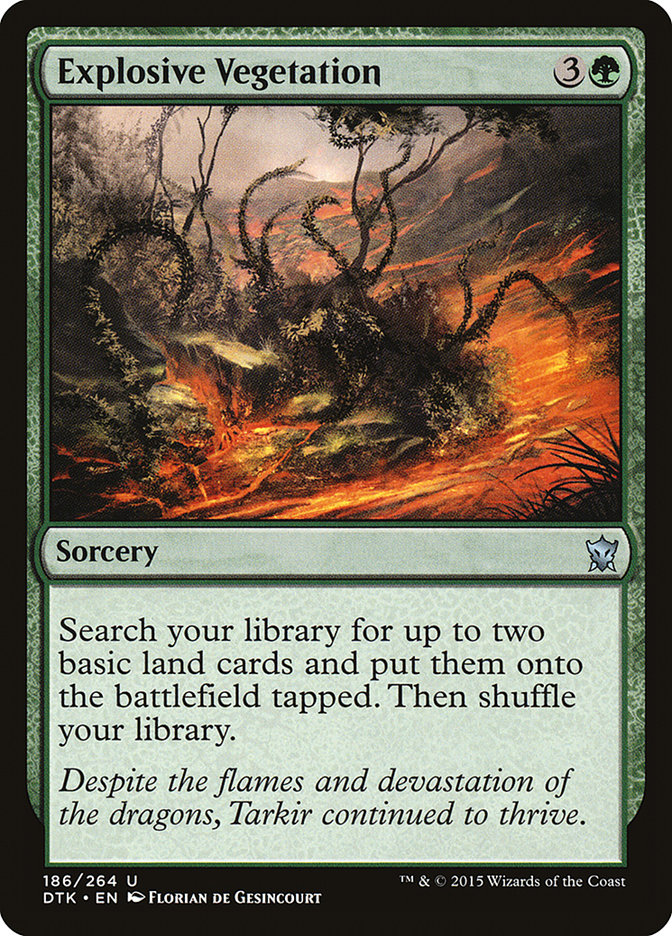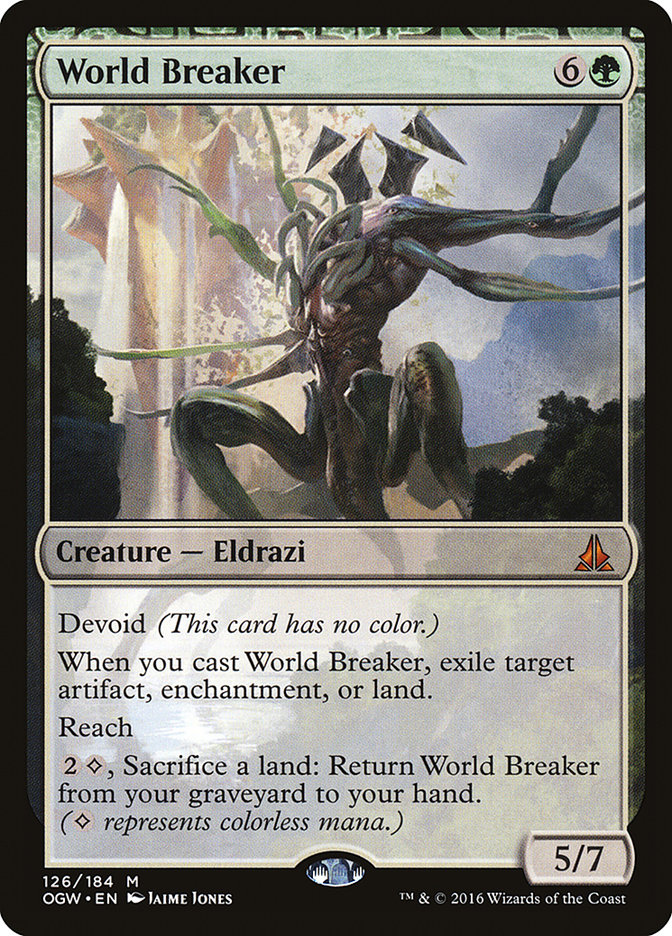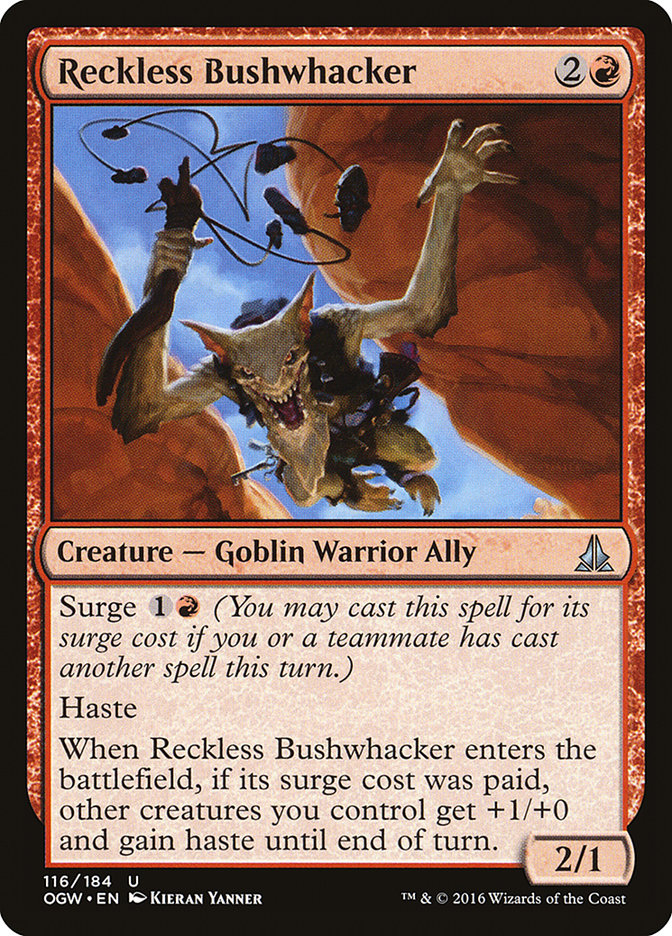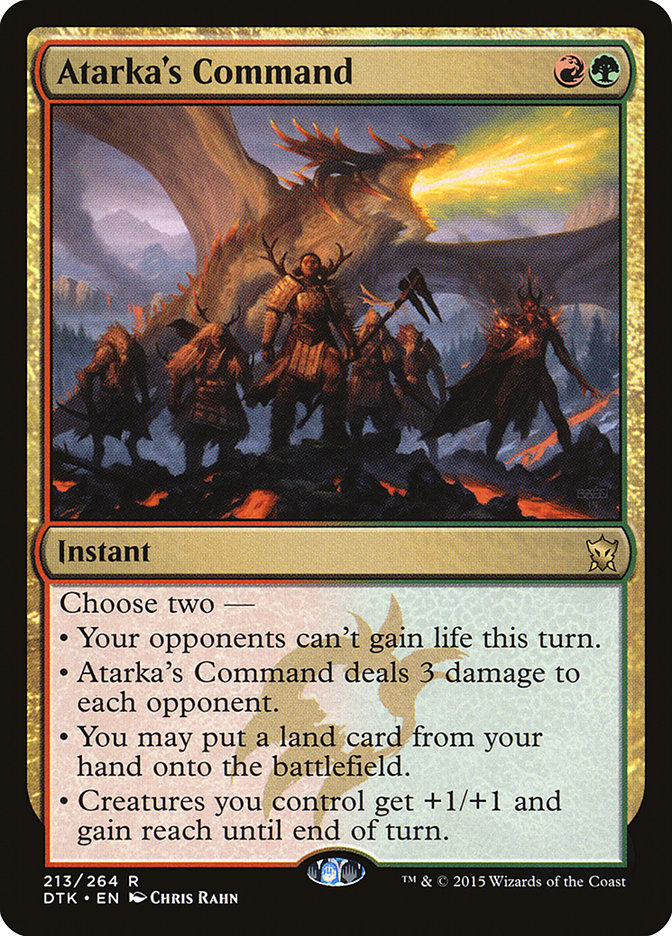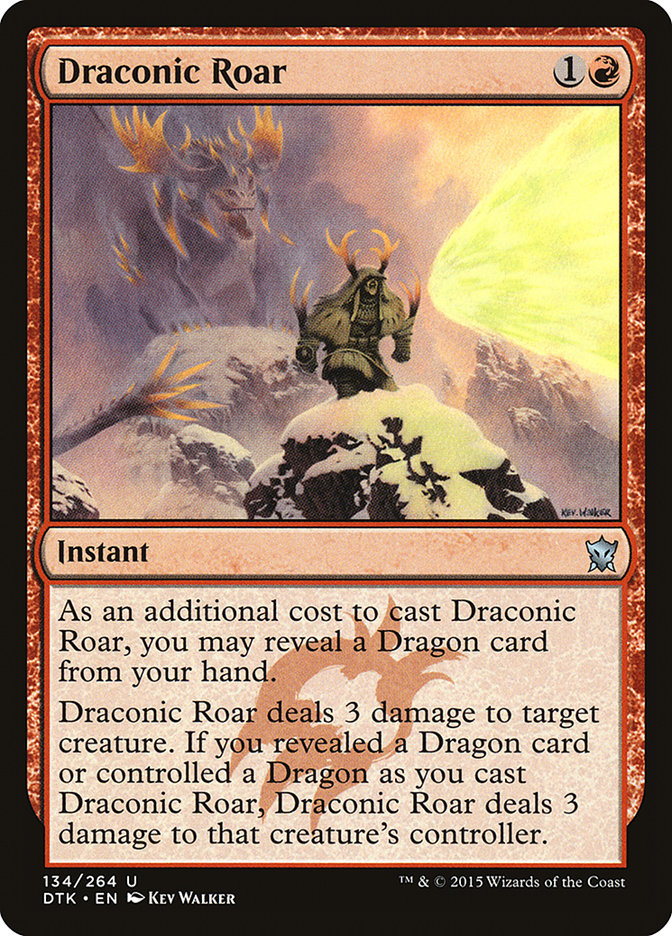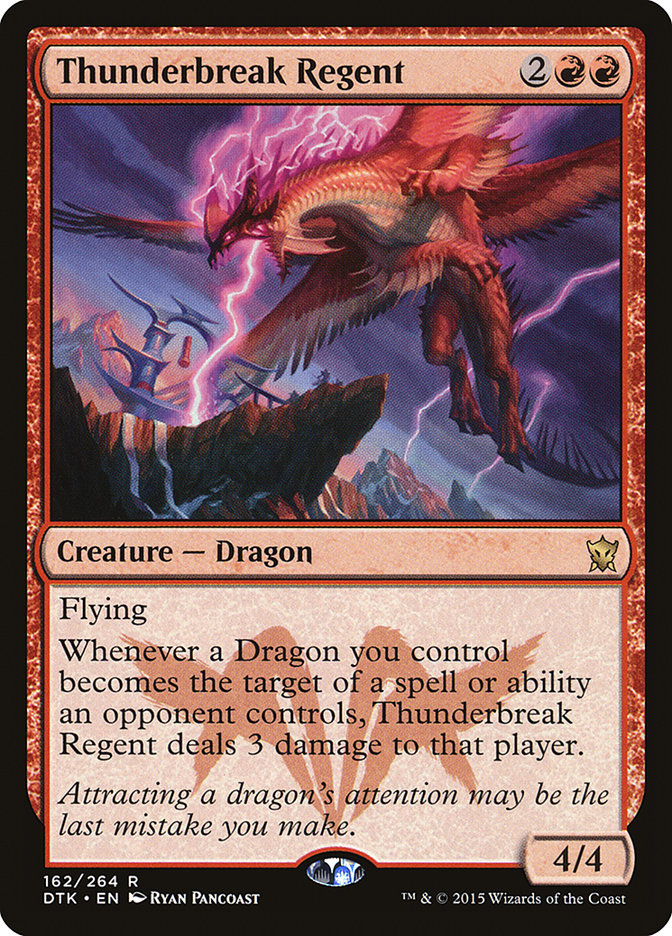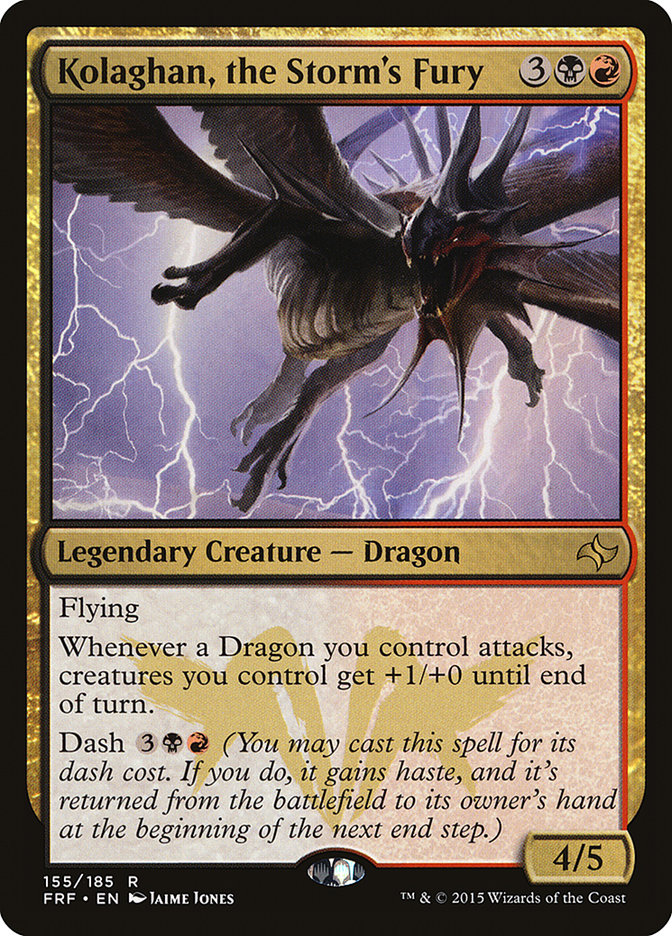I’m not going to give you a list for Four-Color Rally for this weekend. That’s not because I’m trying to hide anything, but because I’m not proficient enough in this archetype to feel like I can be its voice. This is a deck for those who have dedicated immense time into mastering it. I strongly urge for anyone who feels like they know how to play Four-Color Rally to do so. This deck continues to win almost every event in the format, even though many talented players (including myself) feel like they have the new secret answer for the archetype.
I’m not saying there aren’t good strategies to combat the deck, but none seem to be stopping the deck’s dominance. Four-Color Rally has a gigantic target on its head right now, but opponents have a very small window to execute any strategy. The deck eventually takes over games and shuts down any way for most decks to ever come back from being so far behind. Four-Color Rally is the deck to play this weekend, but only for those who have spent time to work on it. Don’t just pick this one up if you haven’t tested extensively with it.
So now that the boring stuff is out of the way, let’s talk about all the other decks that can “win!”
Creatures (28)
- 2 Wingmate Roc
- 2 Stratus Dancer
- 3 Den Protector
- 4 Deathmist Raptor
- 3 Jace, Vryn's Prodigy
- 2 Bounding Krasis
- 4 Eldrazi Skyspawner
- 4 Reflector Mage
- 4 Sylvan Advocate
Lands (25)
Spells (7)

Bant Company is the deck I picked up for the Magic Online Championship Series Playoff Event last weekend. It was originally designed by Andy Ferguson and debuted at #SCGCOL. The deck seemed like it was just another random brainchild of his, like Abzan Company from the week prior, but it didn’t take long before Magic Online picked it up and started doing well with it. Now there are many different versions of this deck running around, all having decent results.
Lee Shi Tian (Leearson), for example, took a Bant Company deck all the way to the Top 4 of the MOCS Playoff Event with 4 Warden of the First Tree instead of my trusty Jace, Vryn’s Prodigy. I don’t know if he would have changed things, now that everyone knows just how good the fliers in the deck actually are.
Personally, I think Warden of the First Tree isn’t as well-positioned anymore. Almost every deck in the format is playing either Fiery Impulse or Reflector Mage, making the only matchup that I consider this a good card against is Eldrazi Ramp. That said, Warden of the First Tree is an extremely powerful card and one of the only playable one-drops in the format. It’s tough to say the card isn’t worth playing, but I haven’t liked it in my own testing as of late.
I’ve continued to work on Bant Company, even after the MOCS Playoff Event, and have found the list posted above to be my favorite. What makes this deck such a good choice right now is that it has a good matchup against Four-Color Rally and any Soulfire Grand Master archetype, as well as being decent against anything aggressive.
My version used to have a great matchup in the mirror, but I think that time is long gone. The deck suffers against Eldrazi Ramp and B/R Dragons, which could be an issue except that these decks are criminally underplayed. Bant Company is just the best midrange deck with a strong tempo game plan. It’s a great deck for anyone that likes this type of Magic.
Next up on my list of decks to play is one close to my heart.
Creatures (16)
- 3 Soulfire Grand Master
- 2 Pia and Kiran Nalaar
- 2 Hangarback Walker
- 3 Ayli, Eternal Pilgrim
- 2 Kalitas, Traitor of Ghet
- 4 Goblin Dark-Dwellers
Lands (26)
Spells (18)

The MTGO player _Marian_ has been perfecting this list for some time now. I’ve played against him a couple of times, which is why I consider this a strong choice. The deck is fairly similar to Jeskai Black or Mardu Green in strategy, but I agree with _Marian_ that the splashes are just not necessary. The format has sped up just enough that Jace, Vryn’s Prodigy and the extra color the card brings with it aren’t needed. Ayli, Eternal Pilgrim matches up well against the field of Sylvan Advocate and Reflector Mage so nicely that the archetype isn’t desperate for a fourth-color splash.
Mardu is a mopey strategy at heart. Its main objective is to build a middling battlefield position while making sure the opponent has limited resources to work with. This strategy plays quite nicely for a mid-game Goblin Dark-Dwellers. Now, this isn’t the only home for “Snapcaster Rage” since Mardu Green also plays the card in high numbers, but I just don’t see why the deck needs to splash for Siege Rhino. Obviously the card is good, but is it better than just playing some of the powerful four-drops Mardu has to offer? _Marian_ doesn’t believe so and I don’t either. This is my favorite Soulfire Grand Master strategy and one I would consider playing if this was the path I wanted to take.
This doesn’t mean I wouldn’t play Jeskai Black if you’ve had good results with it. I’ve dabbled with playing the deck myself but chose to play Bant Company over it for the MOCS Playoff Event, since I thought I was onto something on the cutting edge. Now that the deck’s advantage is known, I will be looking into these decks again for #GPHOU.
The last deck on my list of things I would play this weekend is one that was lost in the ages. Andrew Shrout decided to dredge this one up in a furious brainstorm session and has had great results with it since the beginning of this week. I should have played this deck at #PTBFZ when my team said it was a good call, and most likely should again now after seeing his results.
Creatures (20)
- 4 Monastery Swiftspear
- 1 Zurgo Bellstriker
- 4 Den Protector
- 4 Abbot of Keral Keep
- 4 Scythe Leopard
- 3 Snapping Gnarlid
Lands (24)
Spells (16)

What Andrew identified is that the format is going green. Bant Company, Four-Color Rally, Eldrazi Ramp, and Abzan Aggro are all being played in high numbers. All four of these strategies are great matchups for R/G Landfall. Rough matchups do exist out there, but Oath of the Gatewatch has given this deck actual tools to combat them now.
Nissa, Voice of Zendikar is a great way for R/G Landfall to combat Soulfire Grand Master strategies, since it’s just so difficult to get off the battlefield. In my limited testing, I have found that going ultimate with this three-mana planeswalker is actually doable. Decks like Mardu and Jeskai Black center around removal spells in this matchup, making the “transitional” sideboard of Nissa, Voice of Zendikar and Pia and Kiran Nalaar quite effective.
The other major upgrade this deck has gotten is Kozilek’s Return. This deck has always had a difficult time dealing with Atarka Red, thanks to their cheap removal spells and Goblin-generating sorceries. It was just too difficult for R/G Landfall to keep a battlefield position or keep from getting overwhelmed by a “go-wide” strategy that was backed up by a few timely copies of Wild Slash and Fiery Impulse. Now R/G Landfall has something to fight back with, and this three-mana Pyroclasm is as close to an instant-speed one-sided Wrath of God as you can get. The matchup is now winnable.
I still don’t know if this deck is a better choice for me than just playing Bant Company, but I will say the edge in that matchup goes to R/G Landfall. Any green-based deck does not want to play against Become Immense and Temur Battle Rage which is exactly why this deck might be very well-positioned for the following weeks.
So everything else makes my “do not play” list. Now, that doesn’t mean those decks are bad and you should feel bad for sleeving them up. It just means that I personally wouldn’t expect better results with any of them. I’ll explain my reasoning.
We start with Abzan Aggro.
Abzan was, for the longest time, the best thing you could be doing in Standard. It won two Pro Tours, Worlds, and countless other events. Even post-rotation it was still the best deck in the format for some time. What goes up must come down, though. Abzan Aggro is now a very poor choice in Standard.
This is thanks in part to the metagame warping around it. Abzan Aggro’s greatest strength is that its best draws on the play are difficult to beat. The deck is also difficult to hate out. It comes out of the gates so quickly with such powerful cards that there isn’t much any other deck can do when drawing first against a good Abzan Aggro draw.
The only issue for the deck: that’s about all it has going for it. The deck is significantly worse on the draw or when it stumbles at all. The deck feels almost unbeatable a percentage of the time, but right now that percentage is too low for it to be a strong consideration. I know the deck had some great glory days, but it’s dying. Just put it out of its misery and let it rest.
I’d first like to state that Eldrazi Ramp is not a bad deck. It is definitely worthy of its position in Standard and I wouldn’t be surprised if many players took home qualifications in the next two weeks with some version of the deck. My issue with the strategy is that it is not the best thing anyone could be doing.
Eldrazi Ramp is a known quantity. People understand they must have a plan for the strategy, since they will most likely play against some version of the deck at least once. This doesn’t mean they will win; it just means they will be prepared in some way. That is not the place I want to be when playing such a linear strategy.
Eldrazi Ramp gives up much flexibility to play the most powerful cards in the format. I just don’t want my tournament life to hinge on drawing the right combination of cards at the correct times in such a fast Standard format. It would be different if decks like Jeskai Black ruled the world, but that just isn’t the case right now.
Atarka Red has been on the cusp of being good for the longest time, but it just still doesn’t cut it. Bant Company and Four-Color Rally are both great at dealing with this deck, thanks to how difficult a time Atarka Red has with 2/3 bodies. The deck can steal some wins, but isn’t going to be enough to take home a qualification. Maybe sometime this deck will get back to its glory days, but I don’t think it will be soon enough. Who knows, this deck might get overshadowed long enough to darken Innistrad.
Last up in “decent decks I wouldn’t play” is R/B Dragons. I loved this deck a few weeks ago, but it wasn’t until I actually played it that I found how miserable it can be sometimes. The deck has no way to manipulate its draws, causing too many awkward hands. When the deck draws the right numbers of threats, lands, and removal, it does some powerful things, but the consistency issues cause me to think of it as a bad Eldrazi Ramp deck. At least then, when you draw a good mix, you cast gigantic monsters.
I will say this deck is well-positioned on paper. It doesn’t really have a bad matchup while having some very good ones. It just loses games to its incredibly high “fail rate,” which is not the way I like to play Magic. This is sort of why I dislike playing Affinity in Modern. I love playing with the good hands, but I can’t stand losing with the bad ones. I guess I just can’t handle the swings.
Take these words with a grain of salt. The Regional Pro Tour Qualifiers are the last events on your way to making your dreams come true. Playing in Pro Tours is without a doubt my favorite part of Magic and I do not want to discourage anyone reading my words. I will say that you should recalibrate if my words resonate inside you and your gut is screaming for you to listen to me. Just trust yourself completely and don’t be afraid to either stay or change your course. Just do whatever you feel is correct. Good luck!


